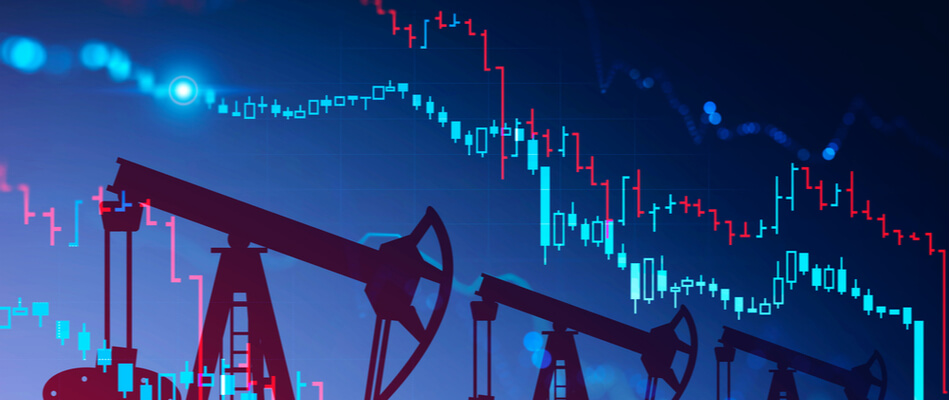The possibilities of investing in oil
Oil is not called ‘black gold’ without reason. It is one of the most important raw materials in the world, and a determining factor for the health of the entire economy. The battle for oil is only increasing, because oil reserves are scarce. Now the question is: How can you as a private investor profit optimally from this?
You have several options when it comes to investing in oil, they are explained below. This way you as an investor can make the best choice, which suits your investments and way of investing.
Direct trading in oil barrels
It is possible to invest in oil barrels at various online brokers, by trading in CFDs on oil. Would you like to try this way of investing? Then take a look at Plus500 or a similar broker so that you can choose the right broker where you can also open a (trial) account.
Because you invest in oil with CFDs, you pay a certain amount in dollars. The barrels of oil are then added to your open positions. When the price rises, you make a profit and your balance increases, conversely, your balance decreases when the price falls. The barrels are never actually delivered, so it is only a price increase or price decrease. Here you can read more about how investing with a CFD works exactly.
Investing in oil: Buying shares in oil companies
Of course, it is also possible to invest indirectly in oil. One of the best-known ways is to buy shares in oil companies such as Shell, BP or Esso. It is true that the oil price is not the only determining factor for the results.
For example, consider the BP oil disaster in 2010 in the Gulf of Mexico. This caused a lot of social unrest, which caused the price of oil shares to drop sharply. Be careful, because a rising oil price can still mean a falling price of the oil company in question.
It is therefore important that when you are going to invest in an oil company, you first study the results of the organization. By buying shares you can keep them in your wallet, which is a good strategy if you are interested in investing in oil in the long term. One party where this is possible is eToro .
The oil price in the short term
In the short term, the price of oil can fluctuate greatly, making it difficult to determine the price of oil. There are many parties that influence the price of oil, especially through the balance between supply and demand. Imagine that a company suddenly decides to export more oil, then the oil price will fall due to the increase in supply. Prices can be driven up again by a conflict in an oil exporting country.
Even though there is usually a clear direction in the price, there can still be a sudden change due to an important event somewhere in the world. For this reason, oil is a popular product for day traders. These are investors who are active every day. They gain advantages from strong price fluctuations within the oil circuit.
When investing in oil, it can therefore be important to follow the news closely. Try to see what effect a major event has on the economy and the average investor. As an example, here are a few news items, with three associated outcomes:
‘Saudi Arabia has decided to tap into its oil reserves’
When the supply of oil increases, there is a drop in the price.
‘Consumers are using their cars more and more’
Demand for oil is increasing, which normally causes the price to rise.
‘A war has broken out in a major oil-producing region’
A decrease in supply could then lead to a rise in price.

How long do we have oil left?
With the rise of major powers such as China and the United States, oil consumption will only increase in the coming years, making oil scarcer. Recent predictions show that oil will run out in just 40 years. Investing in oil as an investor is a great idea. With the decreasing supply and increasing consumption, it will come as no surprise that the price can continue to rise.
However, due to increasing pollution, it is important to keep an eye on alternative energy sources. Oil and other fossil fuels are losing out to alternative fuels in this area. Some companies are even interested in a sustainable energy source. Therefore, it is not an impossible scenario that these sustainable alternatives will play a dominant role in the future. However, it is not yet that far, and that is why you can safely invest in oil until then!
Compare brokers and start investing in commodities
Are you excited about investing in commodities, such as oil and gold, after reading this article? Compare brokers where you can trade in commodities and find the broker that suits you best!